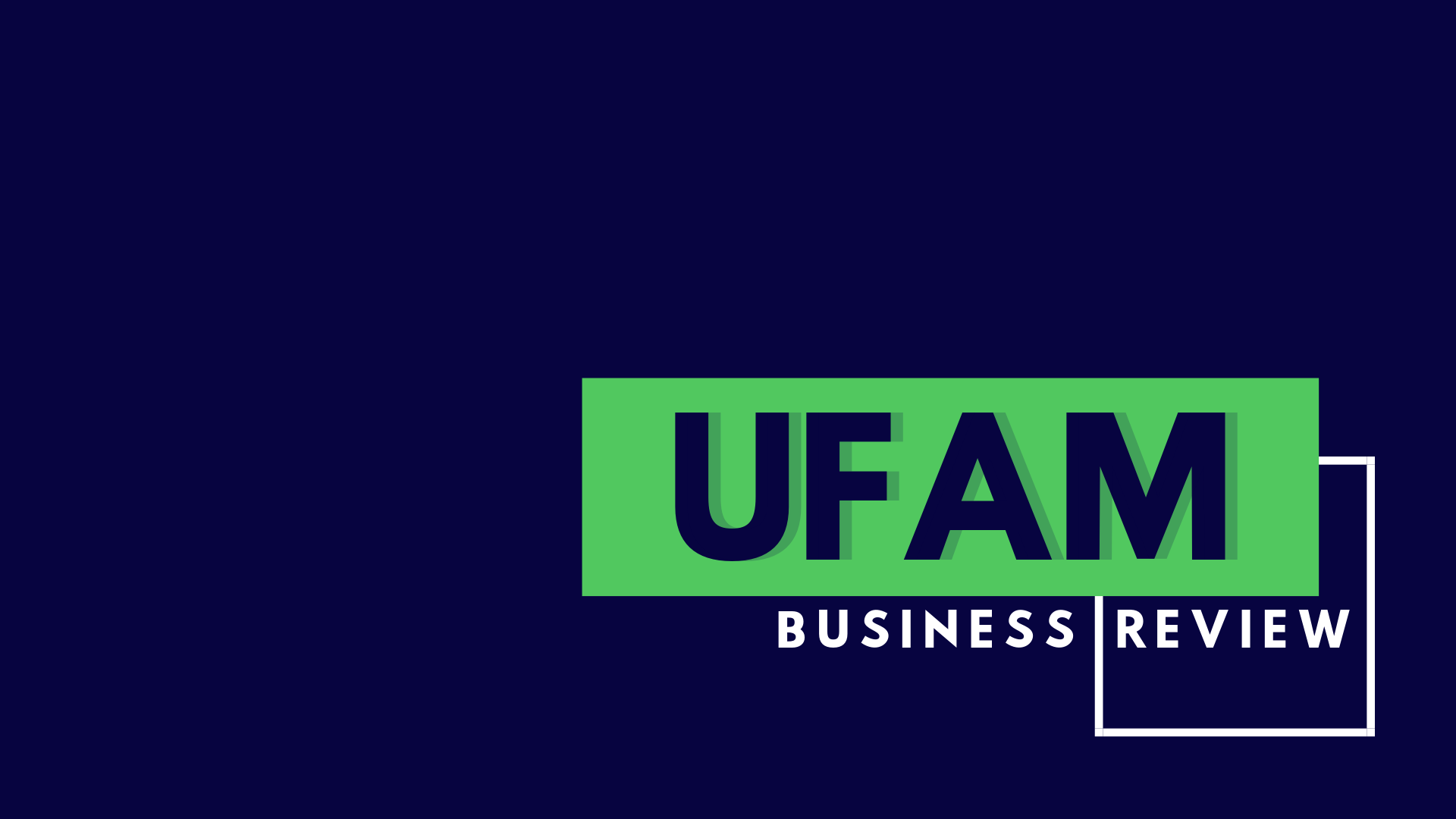Fatores Motivadores e Limitadores da Percepção de Corrupção no Contexto Internacional
DOI:
https://doi.org/10.47357/ufambr.v2i2.6844Palavras-chave:
Corrupção. Perfil econômico. Características de Países. Mundo.Resumo
O objetivo do artigo é analisar os fatores motivadores e limitadores da percepção da corrupção em um contexto internacional. A metodologia utilizada é baseada em uma pesquisa quantitativa, descritiva e documental, a partir de um conjunto de dados de 83 países no período de 2015 a 2017. Os resultados indicaram que a maior liberdade econômica, a menor distância do poder, a força das leis e da ordem, a governança corporativa estruturada e a maior participação do conselho dos acionistas, formam um conjunto de fatores limitadores da percepção da corrupção. Por sua vez, a carga tributária mostrou-se um fator motivador da percepção da corrupção na amostra de países investigados. O estudo permite insights sobre uma temática relevante nos contextos sociais, governamentais e corporativos.
Downloads
Referências
Agrawal, A. (2018). Identifying the Dimensions of Good Governance: A Step towards attainment of Goal 16 of Agenda 2030. THE INSTITUTE OF COST ACCOUNTANTS OF INDIA, 53. ISSN 2230 9241.
Akçay, S. (2006). Corruption and human development. Cato J., 26, 29. http://citeseerx.ist.psu.edu/viewdoc/download?doi=10.1.1.622.2617&rep=rep1&type=pdf.
Boehm, F. (2015). Democracy and corruption. Dimensión Empresarial, 13(2), 75-85. DOI: 10.15665/rde.v13i2.558.
Bontis, N., Bart, C., & Seleim, A. (2009). The relationship between culture and corruption: A cross‐national study. Journal of Intellectual Capital. DOI: 10.1108/14691930910922978.
Bussmann, K. D., Niemeczek, A., & Vockrodt, M. (2018). Company culture and prevention of corruption in Germany, China and Russia. European Journal of Criminology, 15(3), 255-277.DOI: 10.1177/1477370817731058.
Chen, Y., Zheng, D., Li, P., & Wang, W. (2018). Anti‐Corruption and Corporate Tax Burden: Evidence from China. International Review of Finance. DOI: 10.1111/irfi.12226.
Dreher, A., & Schneider, F. (2010). Corruption and the shadow economy: an empirical analysis. Public Choice, 144(1-2), 215-238. DOI: 10.1007/s11127-009-9513-0.
Faruq, H. A., & Weidner, M. L. (2018). Culture, institutions, and firm performance. Eastern Economic Journal, 44(4), 519-534. DOI: 10.1057/s41302-016-0087-5.
Forson, J. A., Baah-Ennumh, T. Y., Buracom, P., Chen, G., & Peng, Z. (2016). Causes of corruption: Evidence from sub-Saharan Africa. South African Journal of Economic and Management Sciences, 19(4), 562-578. DOI: 10.17159/2222-3436/2016/v19n4a7.
Fu, Y. (2019). The value of corporate governance: Evidence from the Chinese anti-corruption campaign. The North American Journal of Economics and Finance, 47, 461-476.DOI: 10.1016/j.najef.2018.06.001.
Greif, A. (1994). Cultural beliefs and the organization of society: A historical and theoretical reflection on collectivist and individualist societies. Journal of political economy, 102(5), 912-950. DOI: 10.1086/261959.
Goel, R. K., & Nelson, M. A. (2005). Economic freedom versus political freedom: cross‐country influences on corruption. Australian Economic Papers, 44(2), 121-133. DOI: 10.1111/j.1467-8454.2005.00253.x.
Gorsira, M., Steg, L., Denkers, A., & Huisman, W. (2018). Corruption in organizations: Ethical climate and individual motives. Administrative Sciences, 8(1), 4. DOI: 10.3390/admsci8010004.
Gwartney, J., & Lawson, R. (2003). The concept and measurement of economic freedom. European Journal of Political Economy, 19(3), 405-430. DOI: 10.1016/S0176-2680(03)00007-7.
Heritage foundation. (2015 - 2019). Index of Economic Freedom. Washington, DC. https://www.heritage.org/.
Hess, D. (2015). Combating Corruption in International Business: The Big Questions. Ohio North University Law Review, Forthcoming. DOI: 10.2139/ssrn.2649121.
Hofstede Insights. (2015). https://www.hofstede-insights.com/.
International country risk guide. (2015 – 2016). PRS Group. https://www.prsgroup.com/explore-our-products/international-country-risk-guide/.
Jha, C., & Panda, B. (2017). Individualism and Corruption: A Cross‐Country Analysis. Economic Papers: A journal of applied economics and policy, 36(1), 60-74.DOI: 10.1111/1759-3441.12163.
Κάτσιος, Σ. (2015). The shadow economy and corruption in Greece. South-Eastern Europe Journal of Economics, 4(1). https://ojs.lib.uom.gr/index.php/seeje/article/view/5557.
La Porta, R., Lopez-de-Silanes, F., Shleifer, A., & Vishny, R. (1999). The quality of government. The Journal of Law, Economics, and Organization, 15(1), 222-279. DOI: 10.1093/jleo/15.1.222 .
Li, Y., Tan, X., Huang, Z., & Liu, L. (2019). Relationship between collectivism and corruption in American and Chinese books: A historical perspective. International Journal of Psychology, 54(2), 180-187. DOI: 10.1002/ijop.12447.
Melgar, N., Rossi, M., & Smith, T. W. (2010). The perception of corruption. International Journal of Public Opinion Research, 22(1), 120-131. DOI: 10.1093/ijpor/edp058.
Mishra, A. (2006). Corruption, hierarchies and bureaucratic structure. International handbook on the economics of corruption, 189, 216.
Montinola, G. R., & Jackman, R. W. (2002). Sources of corruption: A cross-country study. British Journal of Political Science, 32(1), 147-170. DOI:10.1017/S0007123402000066.
Nam, T. (2018). Examining the anti-corruption effect of e-government and the moderating effect of national culture: A cross-country study. Government Information Quarterly, 35(2), 273-282. DOI: 10.1016/j.giq.2018.01.005
McNab, R. M., & Wilson, S. D. (2018). Culture matters: what cultural values influence budget transparency?. Applied Economics, 50(43), 4593-4605. DOI: 10.1080/00036846.2018.1458197.
Rose-Ackerman, S. (1997). The political economy of corruption. Corruption and the global economy, 31, 60.
Saha, S., Gounder, R., & Su, J. J. (2009). The interaction effect of economic freedom and democracy on corruption: A panel cross-country analysis. Economics Letters, 105(2), 173-176. DOI: 10.1016/j.econlet.2009.07.010.
Shleifer, A. (1997). Government in transition. European Economic Review, 41(3-5), 385-410.DOI: 10.1016/S0014-2921(97)00011-1
Tanzi, V. (1998). Corruption around the world: Causes, consequences, scope, and cures. Staff Papers, 45(4), 559-594. DOI: 10.2307/3867585
Transparency international. (2017). Bride Payers Index. www.transparency,org/cpi2017.
Treisman, D. (2000). The causes of corruption: a cross-national study. Journal of public economics, 76(3), 399-457.DOI: 10.1016/S0047-2727(99)00092-4.
World economic forum. (2015 – 2017). The Global Competitiveness Report.
Wu, X. (2005). Corporate governance and corruption: A cross‐country analysis. Governance, 18(2), 151-170. DOI: 10.1111/j.1468-0491.2005.00271.x.
Downloads
Publicado
Como Citar
Edição
Seção
Licença
Da responsabilidade dos autores
- Os autores são responsáveis pelo conteúdo de seus artigos, assim como pelos direitos autorais de imagens, videos e quaisquer elementos textuais ou complementares ao seu artigo.
- Os autores estão de acordo em trabalhar gratuitamente no processo de revisão por pares para este periódico no futuro.
- Os autores declaram que têm contribuição significativa para a pesquisa divulgada em seu artigo, quando for o caso.
- Os autores obrigam-se a oferecer ao periódico retratações ou correções de eventuais erros.
- Os autores devem assegurar que seu texto é obra original e não devem submeter o mesmo texto para mais de uma revista.
- Caso o artigo tenha sido escrito com base em pesquisa que apresenta reais riscos para os participantes, é obrigatória a apresentação de parecer do Comitê de Ética da instituição do pesquisador.


